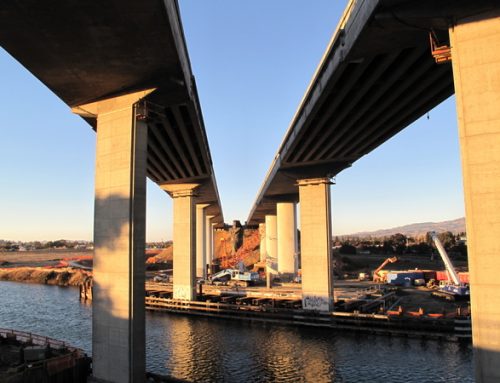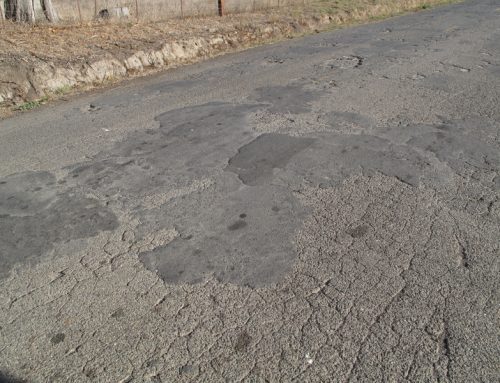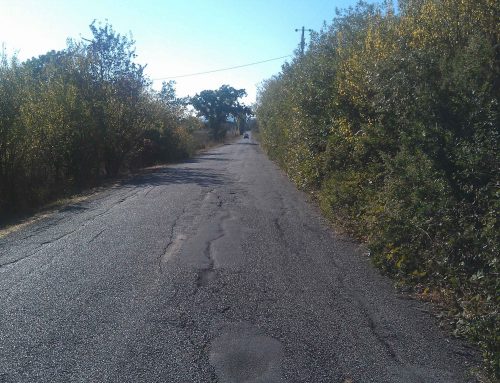A long-awaited project aimed to make the Golden Gate Bridge safer is set to close the iconic span for 52 hours, the longest closure in the bridge’s 77-year history.
This weekend’s closure for the installation of a movable median barrier could cause headaches for the 110,000 daily drivers that normally use the bridge to travel to San Francisco.
At one minute past midnight on Saturday, the bridge will close and crews will work around the clock to install the 3,200 steel-and-concrete barrier segments that are held together with steel pins. Each unit is 12 inches wide, 32 inches high and weighs 1,500 pounds. The bridge is expected to reopen at 4 a.m. Jan. 12.
Once completed, large “zipper” trucks will be able to shift the barrier one lane at a time. A similar system is already in use at the southern approach to the bridge.
The north and southbound lanes of the 1.7-mile, six-lane bridge are currently separated by 19-inch plastic pylons, which have to be moved manually, usually by a worker hanging off the back of a truck.
The $30 million movable barrier is designed to prevent head-on collisions on the bridge, said Dana Fehler, a bridge spokeswoman. There have been 36 traffic fatalities on the bridge since 1970, including 16 head-on crashes, although there have been none since 2001. Officials reduced the speed limit from 55 mph to 45 mph in 1983 to increase safety.
“The movable median barrier will virtually eliminate cross-over collisions,” Fehler said. “It will enhance safety on the bridge and be a more efficient way to reconfigure lane changes.”
Most of the funding for the project comes from the Metropolitan Transportation Commission ($20 million), federal agencies ($1.3 million) and Golden Gate Bridge tolls ($5.1 million).
Transportation officials are planning for the unprecedented bridge closure and reminding travelers to plan ahead.
The bridge was closed briefly eight times between 1973 and 1976 for a suspender rope replacement project. Each of those closures was between 2:30 a.m. and 4:30 a.m. Winds up to 75 mph closed the bridge in 1951, 1982 and 1983. The longest closure lasted four hours. The bridge also was closed for visits by President Franklin Roosevelt and French President Charles de Gaulle and for the 50th anniversary in 1987.
At 9:30 p.m. Friday night, law enforcement officers will begin closing access roads leading to the bridge. During the full closure, southbound Highway 101 will be closed at Marin City. In San Francisco, the closure will start at the intersection of Doyle Drive and Marina Boulevard. There also will be a closure at the intersection of Highway 1 and Lake Street.
Golden Gate Transit buses will be allowed to cross the bridge and will operate on a normal weekend schedule. The east sidewalk of the bridge will remain open for cyclists and pedestrians. Golden Gate Ferry will have extra trips from Larkspur and Sausalito to San Francisco. From the North Bay, drivers can use the Richmond Bridge and the Bay Bridge to reach San Francisco.
“We’re telling drivers to stay off the road that weekend,” Fehler said. “If you have to travel, take transit.”
When the bridge reopens, drivers will find conditions have changed. Southbound drivers approaching the bridge will merge left instead of merging right as they currently do. The speed limit on Highway 101 south of the Waldo Tunnel will be permanently reduced to 45 mph from the current 55 mph.
“It will take some time to get used to the new driving conditions,” Fehler said. “We want people to take it slow.”



